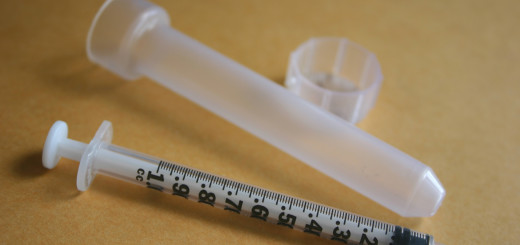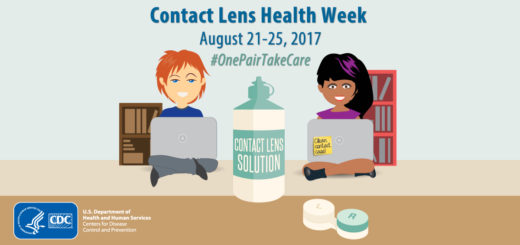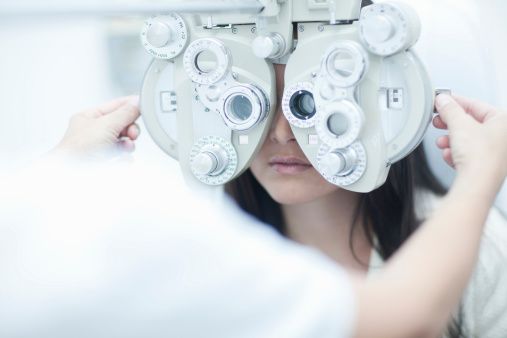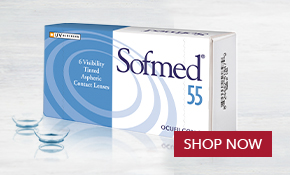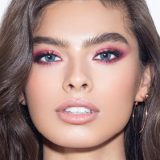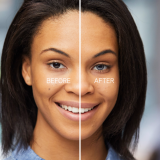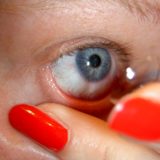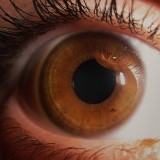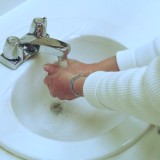What’s In Your Eye? Contacts 101
In this day and age, when it comes to vision correction, thanks to technology we’ve got a lot of choices.
You can easily find contacts that comfortably fit, not just your prescription, but your lifestyle as well. But if you’ve never worn contacts before, knowing which kind to get can be an intimidating task. Here are a few basic things to know before speaking to your optometrist about which contact lenses are right for you.
Soft Contact Lenses
Usually more convenient and more comfortable, soft lenses are a popular choice for contact wearers. Made of flexible, polymer plastic material, soft lenses are created with a large amount of water. Water helps carry oxygen through the lenses and to your eyes, making your contact wearing experience much more comfortable.
Soft lenses are usually prescribed for a certain amount of time. You can choose from daily disposables, two week wear or extended wear, depending on your lifestyle and convenience. Daily disposables should be worn for one day and then thrown away each night before bed. The benefit of these lenses is you’re putting in a fresh, clean pair every time. No cleaning, no solutions, and less chance of bacteria or infections. These are great for people that are constantly on the go and just don’t have the time to properly store their contacts or those who just don’t wear contacts often.
Many monthly wear disposables are made out of hydrogel material. Silicone hydrogel lenses have truly emerged these few years, becoming a vital innovation in the eyewear world. This material allows up to 6 times more oxygen to come through and is resistant to protein deposits from settling on the lens. Because of the material, the wearer can keep them in comfortably for 30 days and nights. However, many soft contact lenses should not be worn to sleep, unless certified for overnight wear. If that is something you intend to do, discuss it with your doctor at the time of your exam.
Two week disposable contacts are the most popular of all three. With many options made from silicone hydrogel, they offer the best of both worlds, so to speak. You get the convenience of changing out pairs every two weeks like the daily, but you also don’t have to buy and store 365 pairs if you wear contacts often.
You also have your fair share of soft color contacts to choose from. From slightly tinted (visibility) lenses that have no effect on your eye color, but allow you find the lenses if you drop or lose it, to enhancement and color/opaque lenses. These lenses either enhance your natural eye color (enhancement) or allow you to completely change the color of your eyes (opaque). Color contacts, however, should be treated with the same care as their non-color counterparts and should be worn as directed by your optometrist.
Rigid Gas Permeable Hard Contact Lenses
In the opposite corner of contacts, we have rigid gas permeable hard contacts, better known as just hard contacts. These contacts usually take a little more getting used to than soft lenses, but they are easier to maintain and often more durable. However, oxygen doesn’t flow as freely to your cornea, so sleeping in hard contacts is something you should definitely discuss with your eye doctor.
And thanks to recent technology, you can even get bifocal soft or hard contact lenses. Or toric lenses, if you have astigmatism.
In the words of Aretha Franklin, “What you want? Baby, [we] got it!”
Finding the right contacts for you is not difficult. In fact, there’s such a large variety out there, you can not only match up your contacts to your comfort and your lifestyle, but your budget as well. Soft Meds is a personal favorite brand. They offer a range of contacts for all types of lifestyles, budgets and preferences.
Schedule an appointment with an optometrist, and find the perfect pair for you.

